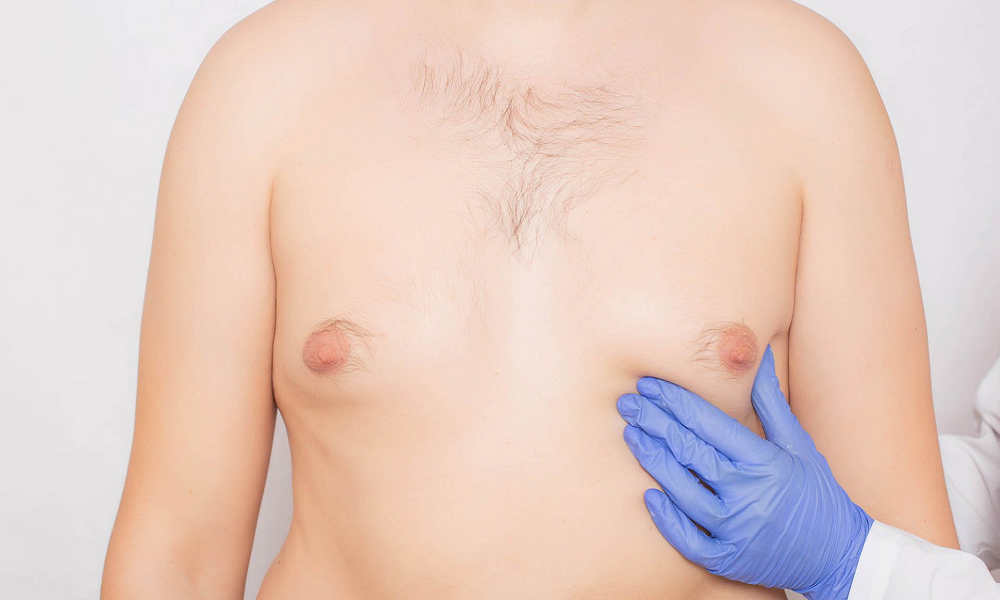The decision to undergo gynecomastia surgery is a powerful step toward confidence and comfort. But let’s be honest: the idea of recovery can feel daunting. You’ve invested in this transformation, and naturally, you want the healing process to be as smooth, swift, and safe as possible. The good news? With modern techniques and a clear aftercare plan, most men are surprised by how manageable recovery truly is.
Here’s what you can realistically expect and how to ensure your path back to everyday life is as seamless as possible.
The First 48 Hours: Rest and Recovery Mode
Immediately after surgery, your chest will be bandaged, and you’ll be wearing a compression garment. This surgical vest is your new best friend—it minimizes swelling, supports your new contours, and helps your skin adhere properly to the underlying tissue. Plan to take it very easy during this initial phase.
- Focus on Rest
- Manage Discomfort: Any discomfort is usually managed effectively with medication, and most patients describe it as a feeling of tightness or soreness rather than acute pain.
- Light Movement: While rest is key, short, gentle walks around the house are encouraged to promote blood circulation and prevent complications.
Week 1: The Healing Foundation
The first week is about protecting your results and letting your body do its initial repair work. Bruising and swelling are completely normal and will be at their most noticeable during this time.
- Garment Wear: You’ll need to wear your compression vest 24/7. It’s crucial for controlling swelling and shaping your final result.
- Work & Activity: If you work a desk job, you can likely return within a few days to a week. Any strenuous activity, heavy lifting, or raising your arms above your shoulders must be avoided.
- Follow-Up: You’ll have a follow-up appointment with your surgeon to check on your progress and ensure everything is healing as expected.
Weeks 2-4: Turning a Corner
This is when you’ll really start to feel like yourself again. The majority of bruising and significant swelling will subside.
- Decreased Sensitivity: Tenderness fades, and you’ll feel more comfortable moving around.
- Light Exercise: You can gradually reintroduce light cardio (like walking on a treadmill) after two weeks, but always get your surgeon’s approval first. Chest exercises and heavy lifting are still off-limits.
- Results Begin to Emerge: As the swelling continues to go down, you’ll begin to see the new, flatter contour of your chest. It’s an exciting milestone!
Weeks 4-6: Regaining Normalcy
By the one-month mark, most men are back to their full normal routine, with a few key exceptions.
- Compression Transition: You may be advised to switch to wearing your garment for 12 hours a day.
- Full Exercise Clearance: Around the 4-6 week mark, you’ll typically get the green light to resume all workouts, including chest exercises. Start slowly and listen to your body.
- Numbness & Sensation: It’s normal for areas of your chest and nipples to feel numb or hypersensitive. This will gradually resolve over the next several months as the nerves heal.
Months 3-6: Seeing Your Final Result
While you looked great at month one, your final results will unveil themselves over time. Residual subtle swelling will continue to dissipate, revealing your permanent, sculpted chest contour. The incision lines will also begin to fade from red or pink to a much less noticeable color.
Your Blueprint for a Smooth & Safe Recovery
Follow your surgeon’s protocol: wear your garment diligently, nourish well, avoid nicotine, and stay patient. Clear communication and time are your allies for safe, confident results.
Ready to learn more about your personalized recovery plan? Schedule your consultation today

